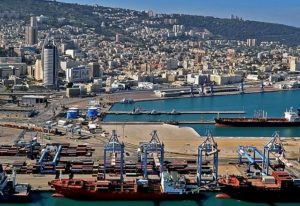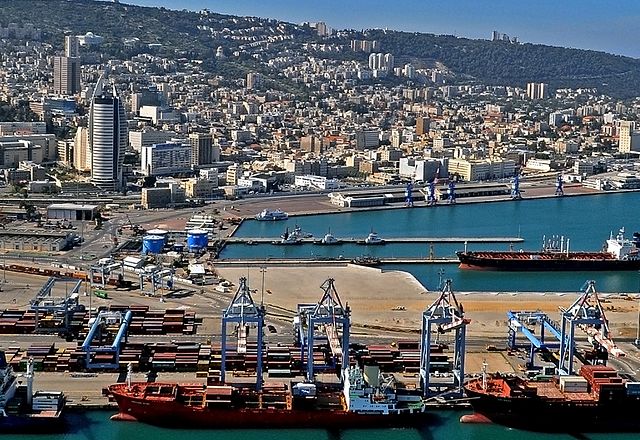 The latest edition of the World Tariff Profiles—the annual report on tariff-based market access requirements that are imposed by countries on goods they import—has been released, with a new section devoted to non-tariff measures, and a special focus on the incoming Harmonized System (HS) classification that will be in use next year.
The latest edition of the World Tariff Profiles—the annual report on tariff-based market access requirements that are imposed by countries on goods they import—has been released, with a new section devoted to non-tariff measures, and a special focus on the incoming Harmonized System (HS) classification that will be in use next year.
The World Tariff Profiles 2016 is a joint publication released recently by the World Trade Organization, International Trade Centre, and United Nations Conference on Trade and Development. It provides comprehensive information on the tariffs and non-tariff measures imposed by 170 countries and territories.
The statistical yearbook contains product statistics, tariffs imposed and faced by each economy, and an overview of non-tariff measures. This year’s focus is on the new HS classification, and highlights the main changes customs and statistical offices will face when the system is implemented in 2017.
Each tariff profile presents information on tariffs imposed by each economy on its imports, as well as an analysis of the market access conditions it faces in its major export markets.
The publication is presented in five main parts. The first part shows summary tariff statistics for all countries and territories for all products. The second part dedicates one full page for each economy, with a breakdown of sectors and duty ranges.
A new third part has been added to cover information on non-tariff measures, which are of increasing importance in international trade, said the report. The fourth part contains the special topic which focuses on the 2017 version of the Harmonized System. The fifth part contains the annexes.
The summary tariff tables in the first part are designed to allow cross-country comparison as well as comparison of the levels of bound and applied duties. Apart from the standard indicators like tariff averages, maxima, percentage of duty-free tariff lines, peaks, and non-ad valorem duties, it also contains indicators of tariff dispersion such as the number of distinct duties and the coefficient of variation.
The third part includes a brief overview of the classification of non-tariff measures as well as summary tables on anti-dumping actions, countervailing duties, and safeguard measures.
“The new special topic on the 2017 version of the Harmonized System is of special relevance in this 2016 edition as most customs offices are preparing for the transition to this new version of the HS nomenclature as of January 2017,” said the report.





